I referred to this great paper and customized VRF performance curves by regresson analysis.
I used Daikin's techinical data. The technical data are sufficient except for Part‐Load Performance Data. There are power input data with PLR between 0.5 to 1.3. Data with PLR between 0.1 to 0.5 are missing.
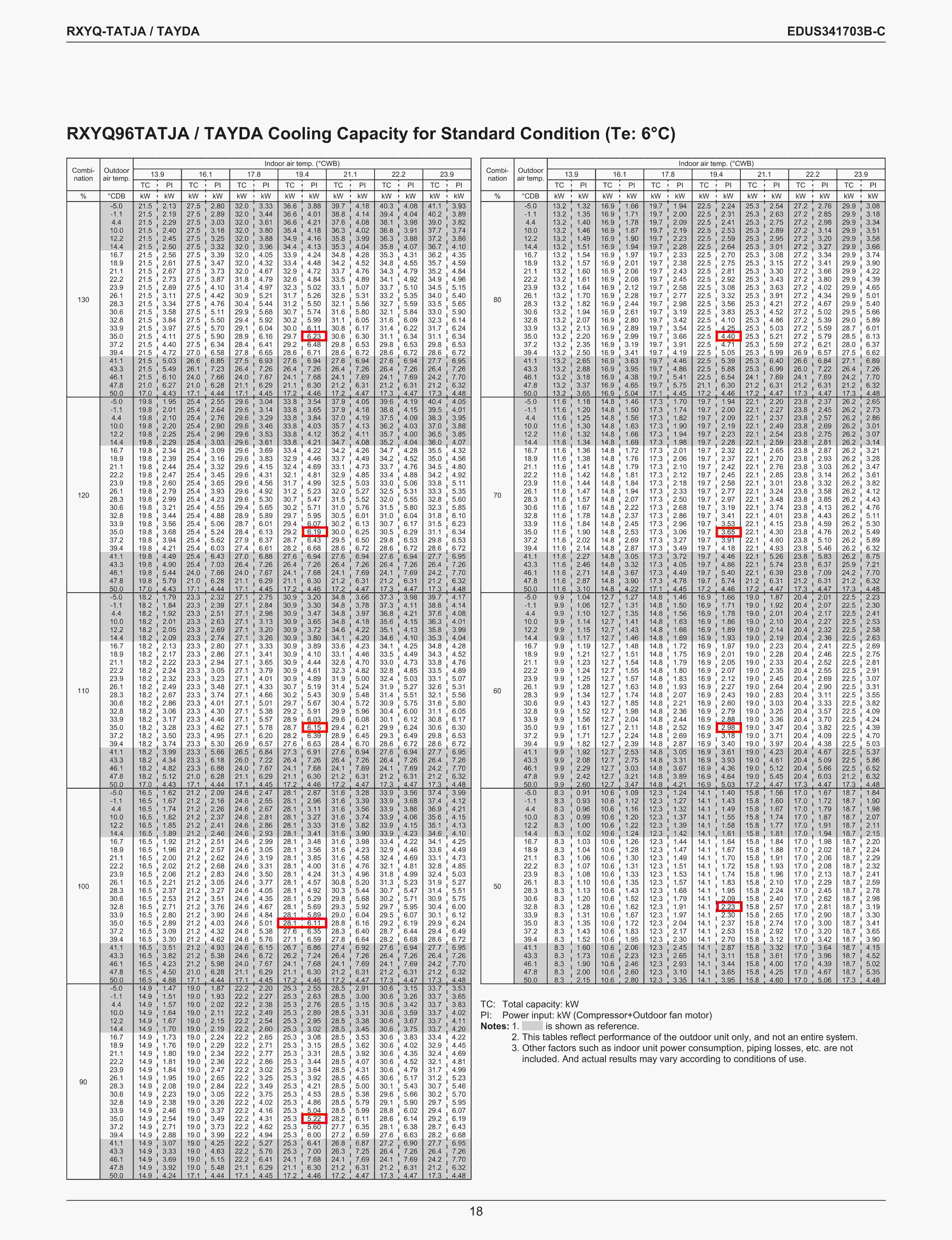
The situation is the same with the paper I mentioned above. So, I think VRF manufacturers do not normally provide power input data with PLR less than 0.5. If that's the case, is it acceptable to predict EIRFPLR curve in the absence of data with PLR less than 0.5? That's my question.
The regression analysis of CoolingEIRLowPLR is as follows.
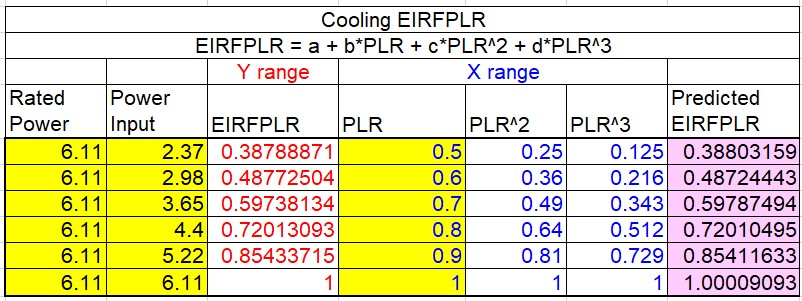
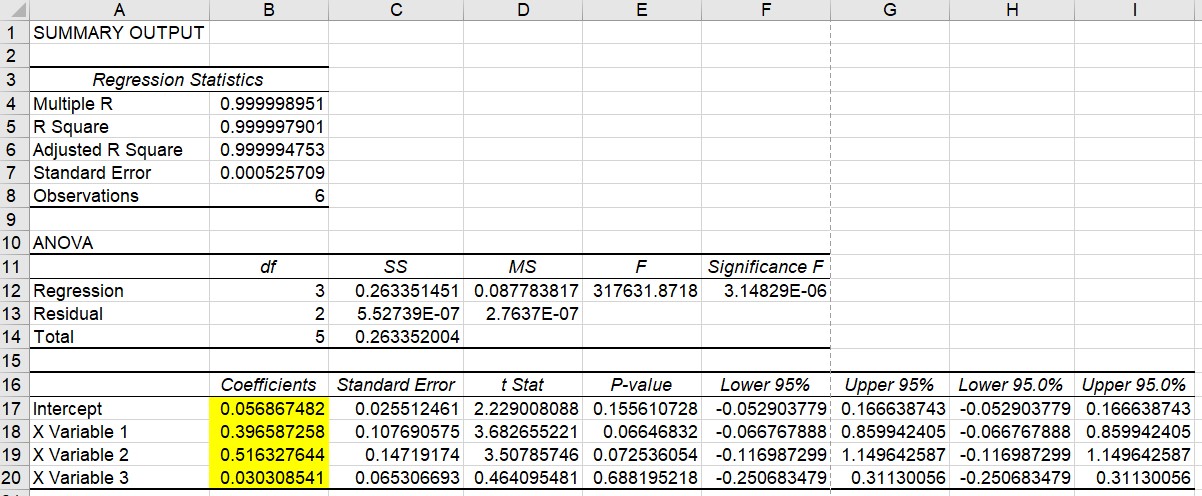
The chart below compares CoolingEIRLowPLR curves with the default one in EnergyPlus and the customised one from Daikin technical data. The curve circled in red is the part supplemented by regression analysis.
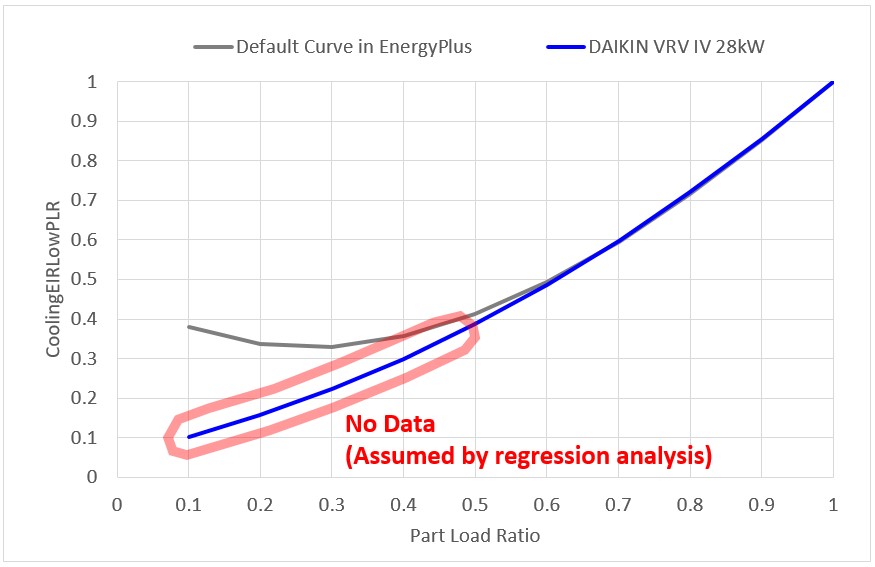
For clarity, let's change the chart a bit. I divided PLR by CoolingEIRLowPLR. The chart below can be regarded as the correction factor for cooling COP. This chart is more familiar, at least to me.
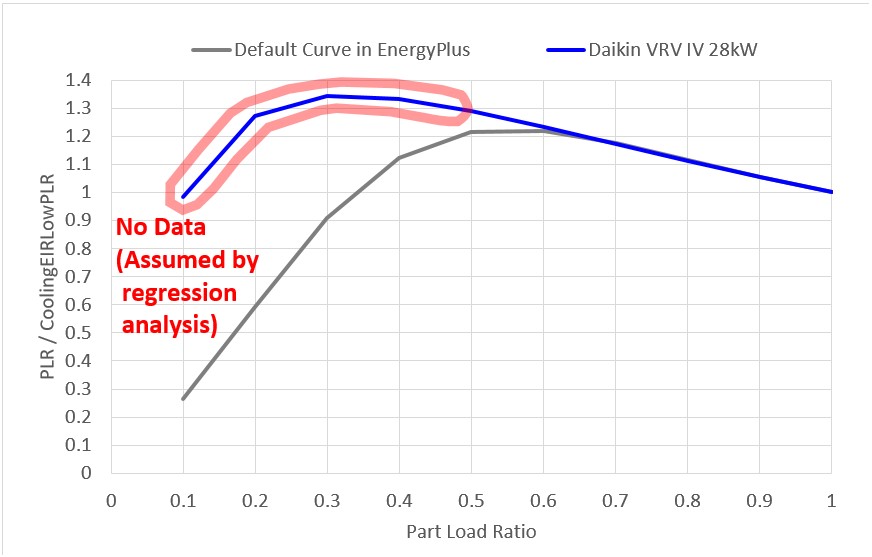
The default curve in EnergyPlus has a poor COP at low part load. I think this default curve is out of date. Below is an extract from Daikin's VRF catalogue issued in 2015. The compressor efficiency at low PLR already improved a lot in 2015. However, the customised curve by regression analysis appears to overestimate the efficiency at low part load a little. That's what bothers me.
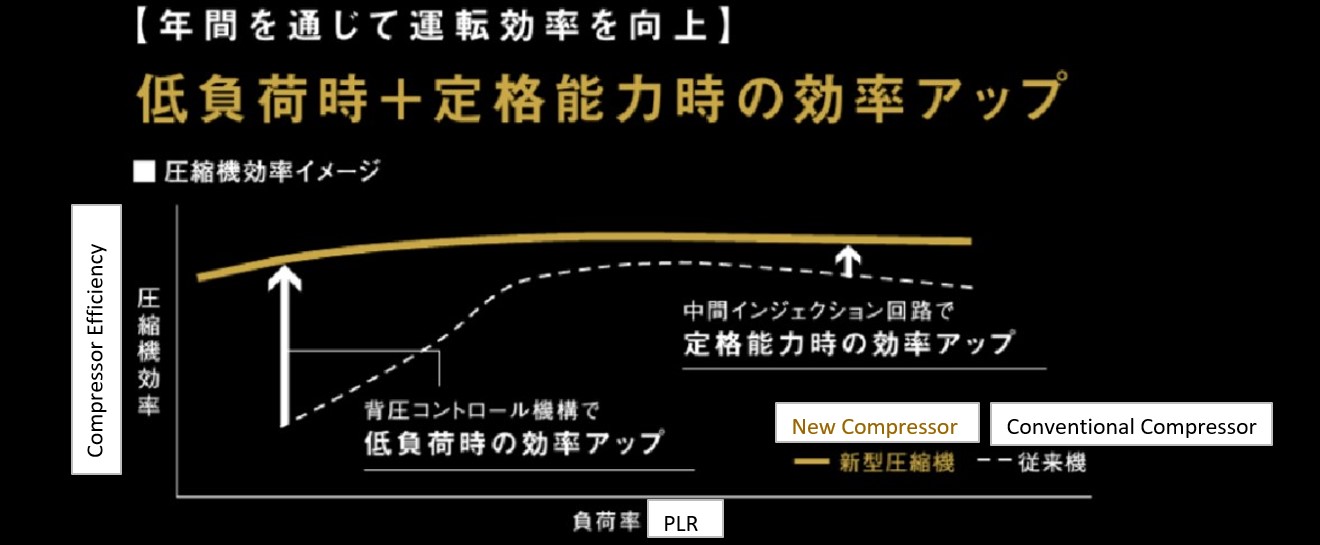
I don't want to use the default poor EIRFPLR curve, but the customized EIRFPLR curve might be too good. Can I use the customised EIRFPLR curve? Or is there any way to improve the accuracy of regression analysis with insufficient data at low PLR?
The regression data can be found here for your reference.



